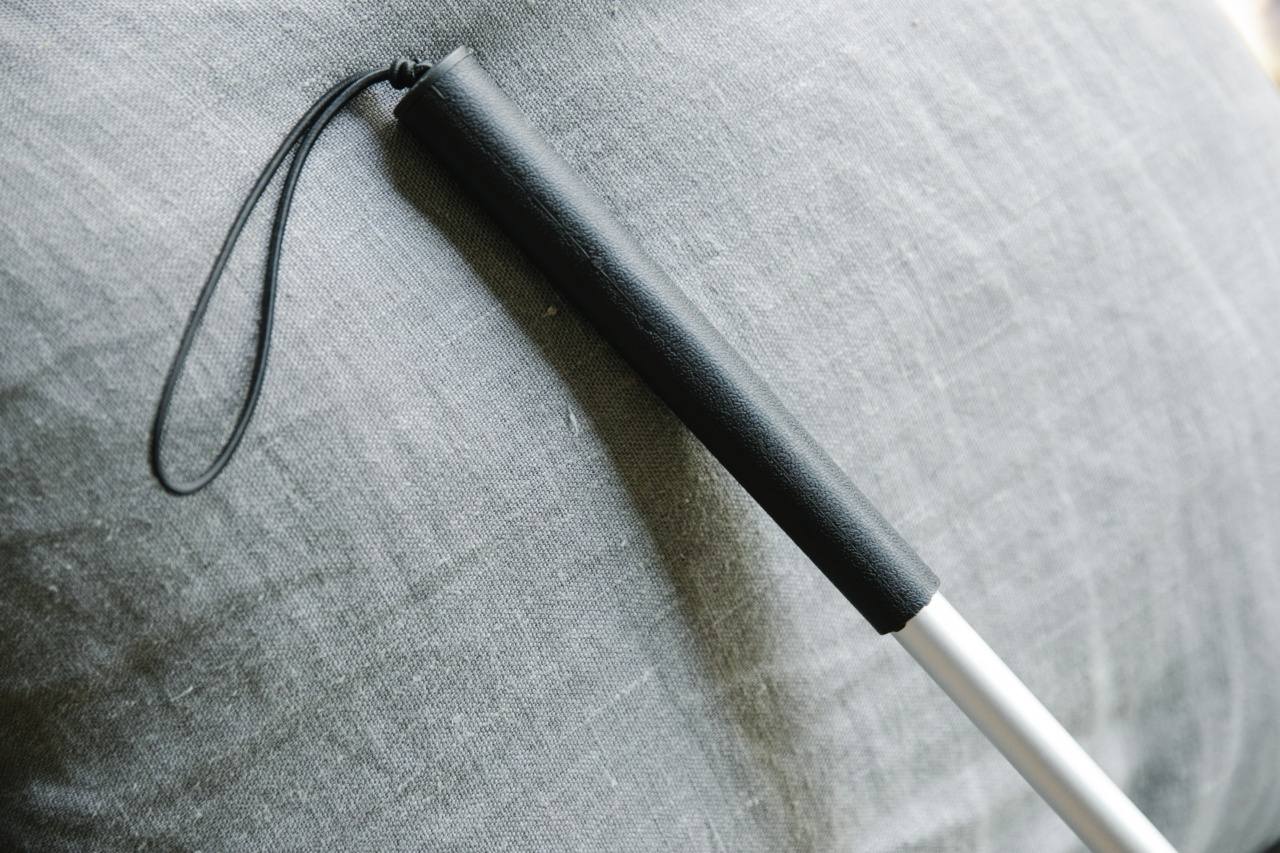Tendons are the tough cords of fibrous connective tissue that attach muscles to bones in the body. They are responsible for transmitting the force generated by muscles to move bones.
Tendon diseases are a group of conditions that affect tendons and can have a significant impact on an individual’s quality of life.
What are the Types of Tendon Diseases?
There are several different types of tendon diseases, including:.
Tendinopathy
Tendinopathy is a general term used to describe any condition that affects the tendon. It can be caused by overuse, trauma, or degeneration. Symptoms of tendinopathy may include pain, swelling, stiffness, and weakness.
Tendonitis
Tendonitis is a condition that occurs when a tendon becomes inflamed. It is often caused by repetitive motions or overuse, particularly in athletes. Common symptoms of tendonitis include pain, swelling, and tenderness.
Tendon Rupture
A tendon rupture occurs when a tendon is torn or separated from the bone. This can be caused by trauma or degeneration, and it often requires surgery to repair. Symptoms may include sudden pain, swelling, and difficulty moving the affected joint.
Tenosynovitis
Tenosynovitis is a condition that occurs when the sheath surrounding a tendon becomes inflamed. This can cause pain, swelling, and difficulty moving the affected joint.
It is often caused by repetitive motions or overuse and is common in athletes and musicians.
What Causes Tendon Diseases?
Tendon diseases can be caused by a variety of factors, including:.
Overuse
Repetitive motions or overuse can cause damage to tendons over time. This is particularly common in athletes who perform the same motions repeatedly, such as runners or tennis players.
Trauma
Trauma, such as a fall or a direct blow to a tendon, can also cause tendon damage.
Degeneration
Tendons can degenerate over time, often as a result of age or chronic disease. This can cause the tendon to become weaker and more susceptible to injury.
How are Tendon Diseases Treated?
The treatment for tendon diseases will depend on the specific condition and the severity of the injury. In general, treatment may include:.
Rest and Ice
Resting the affected area and applying ice can help reduce pain and swelling.
Physical Therapy
Physical therapy can help strengthen the affected tendon and improve range of motion.
Medications
Nonsteroidal anti-inflammatory drugs (NSAIDs) can help reduce pain and inflammation. In some cases, corticosteroid injections may be given to reduce inflammation in the affected area.
Surgery
Surgery may be necessary in cases of severe tendon damage or rupture.
Preventing Tendon Diseases
There are several steps you can take to prevent tendon diseases, including:.
Stretching and Exercises
Stretching before exercising and performing exercises to strengthen the muscles around the tendon can help prevent injury.
Gradual Progression
Gradually increasing the intensity and duration of your exercise routine can help prevent injury.
Proper Technique
Using proper technique during sports or other activities can help prevent injury and reduce the risk of developing tendon diseases.
Conclusion
Tendon diseases can be painful and debilitating, but with proper treatment and prevention strategies, they can be managed effectively.
If you are experiencing symptoms of a tendon disease, it is important to seek medical attention promptly to prevent further damage.





























